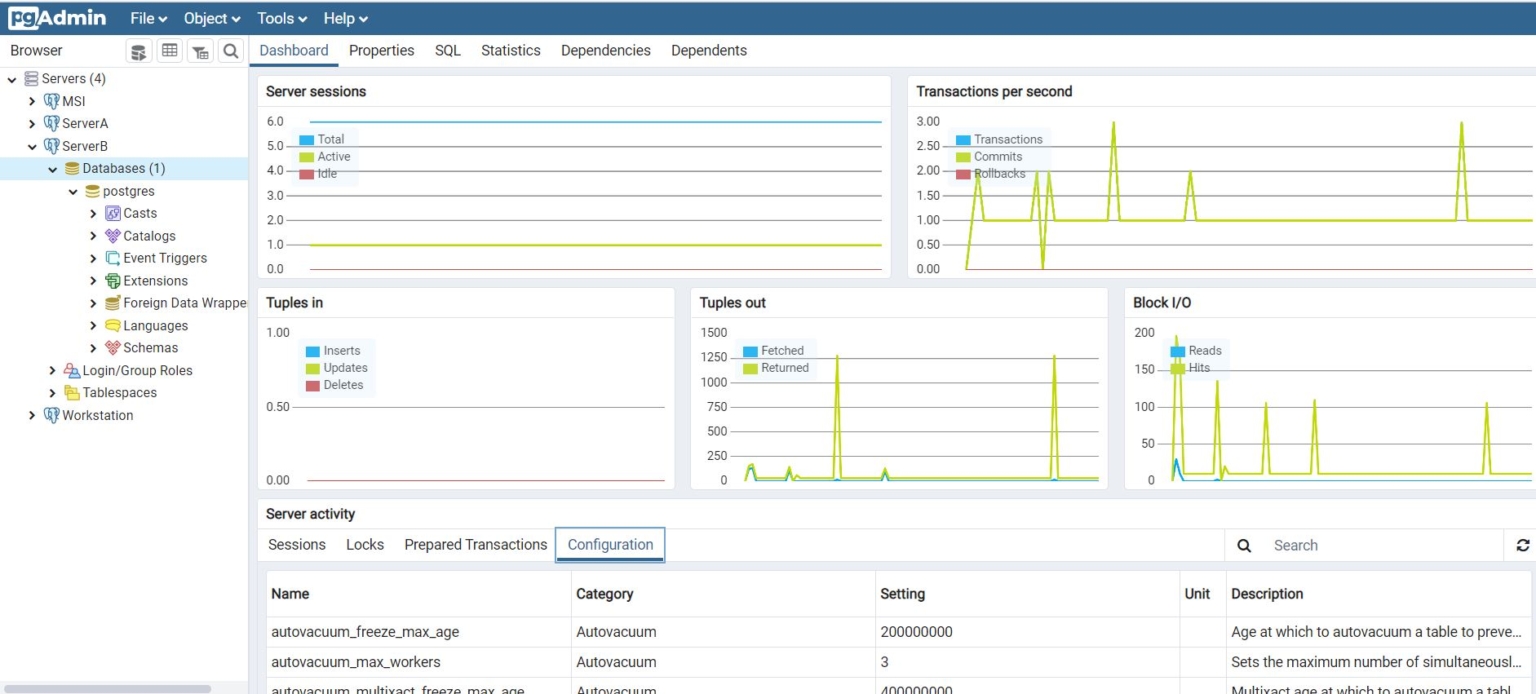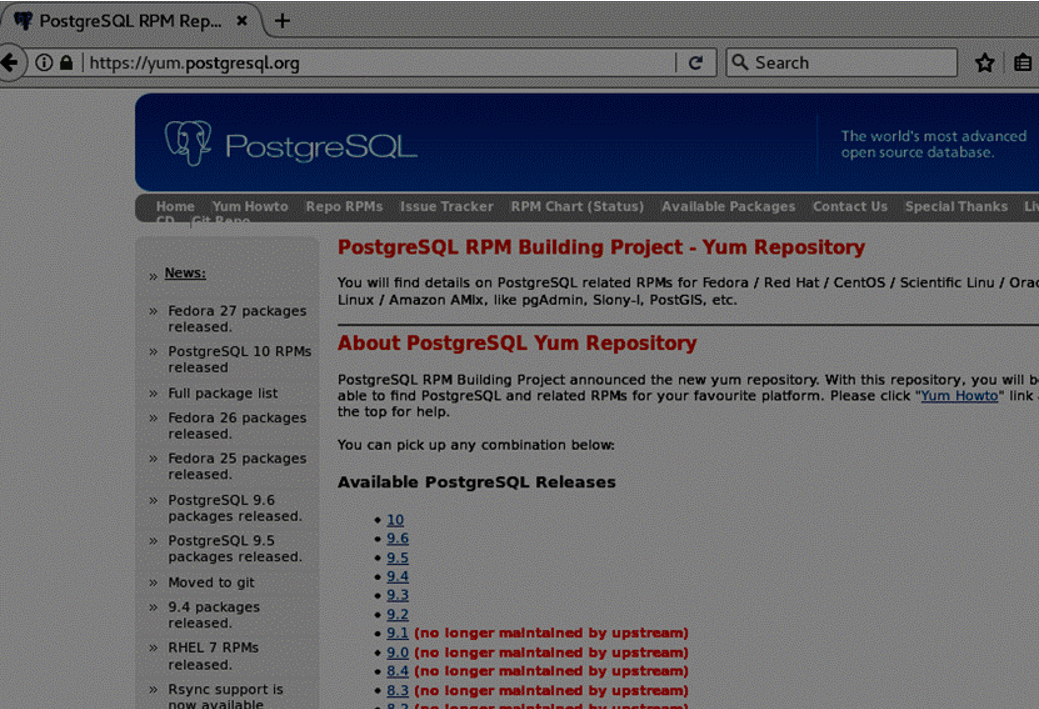


I recommend you perform system reboot after adding the repository. Run the following commands to add PostgreSQL 13 repository to your Linux machine. The PostgreSQL Yum Repository will integrate with your normal systems and patch management, and provide automatic updates for all supported versions of PostgreSQL throughout the support lifetime of PostgreSQL. Step 1: Add PostgreSQL Yum Repository to CentOS 7 |RHEL 7 We recently created a separate article on the installation of PostgreSQL 13 on CentOS / RHEL 8 systems. Use the steps below to install PostgreSQL 13 on CentOS 7 |RHEL 7 Linux. How To Install PostgreSQL 13 on CentOS 7 |RHEL 7 We can now start the installation of PostgreSQL 13 on CentOS 7 |RHEL 7. Among the distributions supported are all Red Hat family of which includes CentOS, Fedora, Scientific Linux, Oracle Linux and Red Hat Enterprise Linux. PostgreSQL development team provides pre-built packages in an online YUM and APT repository for both RHEL and Debian based systems respectively. This guide will walk you through the installation of PostgreSQL 13 on CentOS 7|RHEL 7. Additionally it has powerful add-ons such as the popular PostGIS geospatial database extender.

PostgreSQL runs on all major Linux operating systems and has been ACID-compliant since 2001. PostgreSQL 13 has been released for general public use and for Production use. type \l for the list command that list current database instances on this cluster postgres=# \l List of databases Name | Owner | Encoding | Collate | Ctype | Access privileges -+ - + - + -+ - postgres | postgres | UTF8 | en_US.UTF-8 | en_US.UTF-8 | template0 | postgres | UTF8 | en_US.UTF-8 | en_US.UTF-8 | =c/postgres + | | | | | postgres=CTc/postgres template1 | postgres | UTF8 | en_US.UTF-8 | en_US.PostgreSQL is an object-relational database management system based on POSTGRES 4.2. We can check configs and whatnot from /var/lib/pgsql/10/data Now we can verify the install - copied from terminal - init the cluster ~]# /usr/pgsql-10/bin/postgresql-10-setup initdb Initializing database … OK - start the service ~]# systemctl start rvice - switch to postgres user ~]# su - postgres - enter psql interactive terminal -bash-4.2$ psql psql (10.4) Type “help” for help. # /usr/pgsql-10/bin/postgresql-10-setup initdb Use this command to init the cluster in its default location on the system disk.

The result of the above command should look something like this ^^^ 4.


 0 kommentar(er)
0 kommentar(er)
